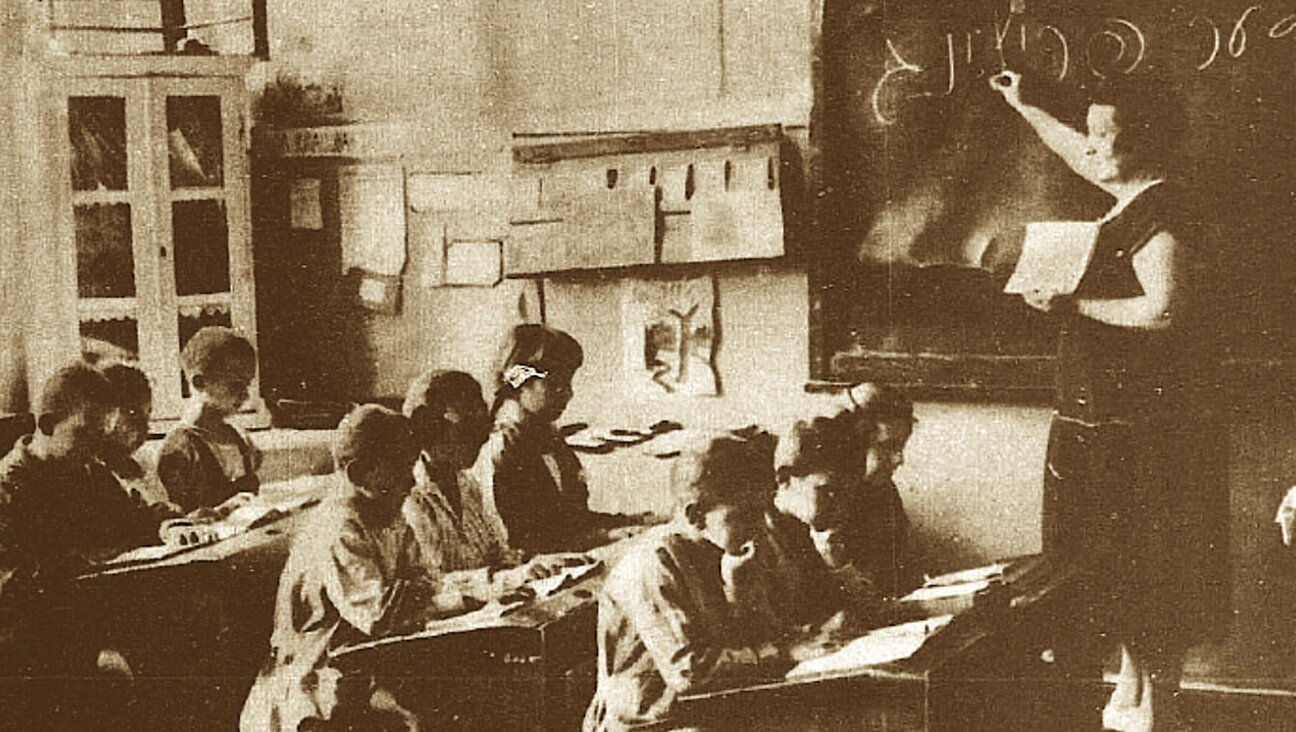Israel Is Due, and Ill Prepared, for Major Earthquake
The magnitude of the earthquake that struck Port au Prince was 7.0 on the Richter scale, with an epicenter 15 kilometers from the city and at a depth of 10 kilometers. In 1770 a powerful earthquake occurred, destroying the city, but many years have passed and it has slipped from Haiti’s national memory.
In Israel the last destructive earthquake, with a magnitude of 6.2 on the Richter scale, occurred in 1927. Its epicenter was the Dead Sea, and its effects were felt in Jerusalem, Nablus, Jericho, Ramle and Tiberias, resulting in 500 deaths and injuries to 700. An earthquake in 1837 killed 5,000 people. According to the Jewish historian Josephus Flavius, in 31 B.C.E., 30,000 people lost their lives in an earthquake.
On average, a destructive earthquake takes place in Israel once every 80 years, causing serious casualties and damage. The more time passes since the previous earthquake, the closer we are to the next. In other words, we are running out of time.
The news from Port au Prince suggests that the destruction is complete – of buildings and infrastructure. The earthquake occurred in the afternoon, at a time when schools and public buildings were empty.
The main concern in Israel is that an earthquake would strike during hours when public buildings are populated. Most schools and hospitals in Israel were constructed before new building codes – which take into account the effects of earthquakes – were enacted. Moreover, some 50,000 residential buildings in Israel do not meet the new codes and are expected to collapse in the event of an earthquake. Even though this fact is known by all decision makers, nothing has been done to strengthen buildings and prevent them turning into death traps.
Billions of shekels are invested in the defense budget, and this is seen as an obvious investment, but reinforcing hospitals or schools so they can withstand earthquakes and their aftermath receives no allotment. The plan for installing safety cages in classrooms may be a move in the right direction, but in practice their installation has not begun and the budget for this will most likely be taken from the funds allotted for reinforcing buildings.
It is important to note that public buildings will have to serve as places of refuge for many after a disaster. Also, even though there have been plans and government decisions, the program for reinforcing buildings, especially in towns situated in high-risk areas – along the Jordan Rift Valley and the Zevulun Valley – has not been promoted sufficiently.
It does not appear that in the coming decade the situation will change, even though the danger of a powerful earthquake is no less than that of a nuclear disaster – with the difference that we know that an earthquake occurs on average every 80 years.
As part of the preparations it is possible to install a national warning system. A proposal on this has been made to the relevant ministers and the Finance Ministry. Such a system will not replace the necessary strengthening of buildings, but can offer short-term warning to those in endangered buildings. The system would provide warnings 10-60 seconds before the shock waves reach the buildings, based on sensors placed along the Afro-Syrian Rift, and record the movement of tectonic plates, sending the information to a nerve center.
The distance of most of Israel’s population from the rift enables most residents to have at least a 20-second warning time. Twenty additional seconds usually pass before the building begins to collapse. In practice, this provides a 40-second window. The estimated cost of the system is $20 million, with an additional $1 million per year for operation and maintenance. The system is already operational in Japan, Taiwan, Turkey, Romania, California, Italy and Mexico.

I hope you appreciated this article. Before you go, I’d like to ask you to please support the Forward’s award-winning journalism this Passover.
In this age of misinformation, our work is needed like never before. We report on the news that matters most to American Jews, driven by truth, not ideology.
At a time when newsrooms are closing or cutting back, the Forward has removed its paywall. That means for the first time in our 126-year history, Forward journalism is free to everyone, everywhere. With an ongoing war, rising antisemitism, and a flood of disinformation that may affect the upcoming election, we believe that free and open access to Jewish journalism is imperative.
Readers like you make it all possible. Right now, we’re in the middle of our Passover Pledge Drive and we need 500 people to step up and make a gift to sustain our trustworthy, independent journalism.
Make a gift of any size and become a Forward member today. You’ll support our mission to tell the American Jewish story fully and fairly.
— Rachel Fishman Feddersen, Publisher and CEO
Join our mission to tell the Jewish story fully and fairly.
Our Goal: 500 gifts during our Passover Pledge Drive!
























